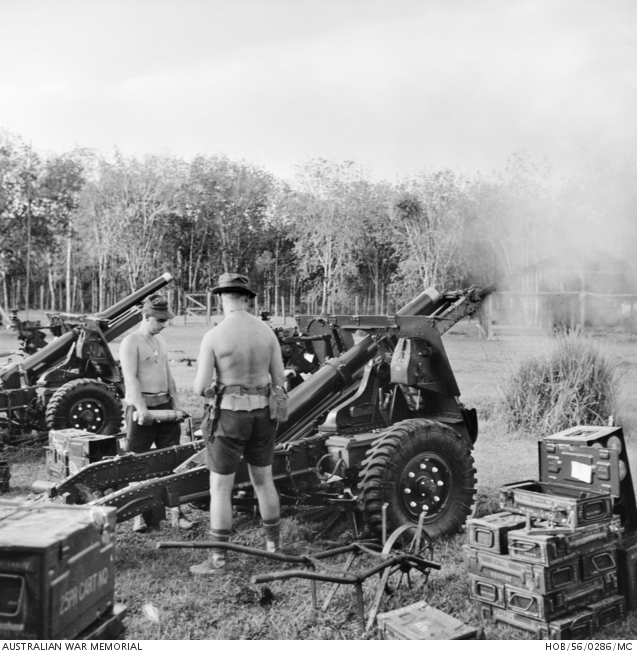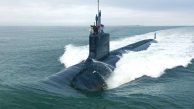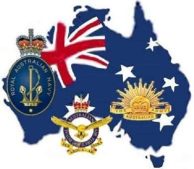
105th Field Battery, Royal Australian Artillery
The 105th Field Battery of the Royal Australian Artillery Regiment has a distinguished history, particularly noted for its involvement in the Vietnam War. The battery, which originated in March 1916 as the 105th Howitzer Battery in Egypt, has been an integral part of the Australian Army’s artillery capabilities for over a century.
Involvement in the Vietnam War
First Tour: September 1965 – October 1966
The 105th Battery was deployed to South Vietnam as part of Australia’s increasing military commitment to the conflict. The battery arrived in September 1965, becoming one of the first Australian artillery units to serve in the war. During this tour, the battery provided vital artillery support to Australian and allied forces engaged in counter-insurgency operations against the Viet Cong and North Vietnamese Army.
Battle of Long Tan: One of the most notable engagements involving the 105th Battery during its first tour was the Battle of Long Tan on 18 August 1966. This battle is one of the most famous in Australian military history. The 105th Battery, along with the 6th Battalion, Royal Australian Regiment (6 RAR), played a crucial role in the defence of a small group of Australian soldiers who were vastly outnumbered by enemy forces. The accurate and timely artillery fire provided by the 105th Battery was instrumental in repelling the Viet Cong, ensuring the survival of the Australian forces. The battery’s performance during the battle was highly praised, and it remains a key moment in the unit’s history.
Second Tour: February 1969 – March 1970
The 105th Battery returned to Vietnam for a second tour from February 1969 to March 1970. During this period, the battery continued to provide critical artillery support to Australian and allied forces. This tour was part of Australia’s ongoing efforts to counter the increasingly aggressive tactics of the Viet Cong and North Vietnamese Army.
The battery’s operations during its second tour were characterized by providing support for search-and-destroy missions, base defence, and coordination with other artillery units to maximize firepower and coverage. This period also saw increased use of mobile artillery tactics as the nature of the conflict evolved, with the battery frequently repositioning to support Australian operations across different regions of South Vietnam.
Post-Vietnam Era and Reorganization
After the conclusion of its service in Vietnam, the 105th Battery continued to evolve as part of the Royal Australian Artillery Regiment. In 1976, the battery was detached from the 4th Field Regiment and moved to Gallipoli Barracks, Enoggera, Queensland. It joined the 1st Field Regiment, becoming part of the 7th Brigade. This reorganization reflected broader changes within the Australian Army as it transitioned from its post-Vietnam War structure to a peacetime force, with a focus on readiness and modernization.
The 105th Medium Battery’s history is a testament to its enduring role in Australia’s military operations, from its early days in Egypt during World War I to its pivotal role in Vietnam and beyond. Today, the battery continues to serve as a key component of Australia’s artillery capabilities, maintaining the traditions and operational excellence that have defined its long and storied history.




In Vietnam 105 Bty would have been equipped with the 105mm
Italian Pacxk Howitzer or the Mio1A1 105mm Howitzer – not the 25 Pdr shown in the accompanying pic.
I concur with Roger Newth’s comment. The Australian War Memorial description of the photograph (https://www.awm.gov.au/collection/C1097301) includes:
“Number 2 gun crew (B2), B Troop, 105th Field Battery, gained the honour of firing the first shell at Communist positions in an all night shoot on the night of 1st and 2nd January 1956. Here, the gun is at full recoil as it lets fly with a 25 pounder round, firing at Communist positions in the hills of Southern Kedah” ((ie Malaya)).